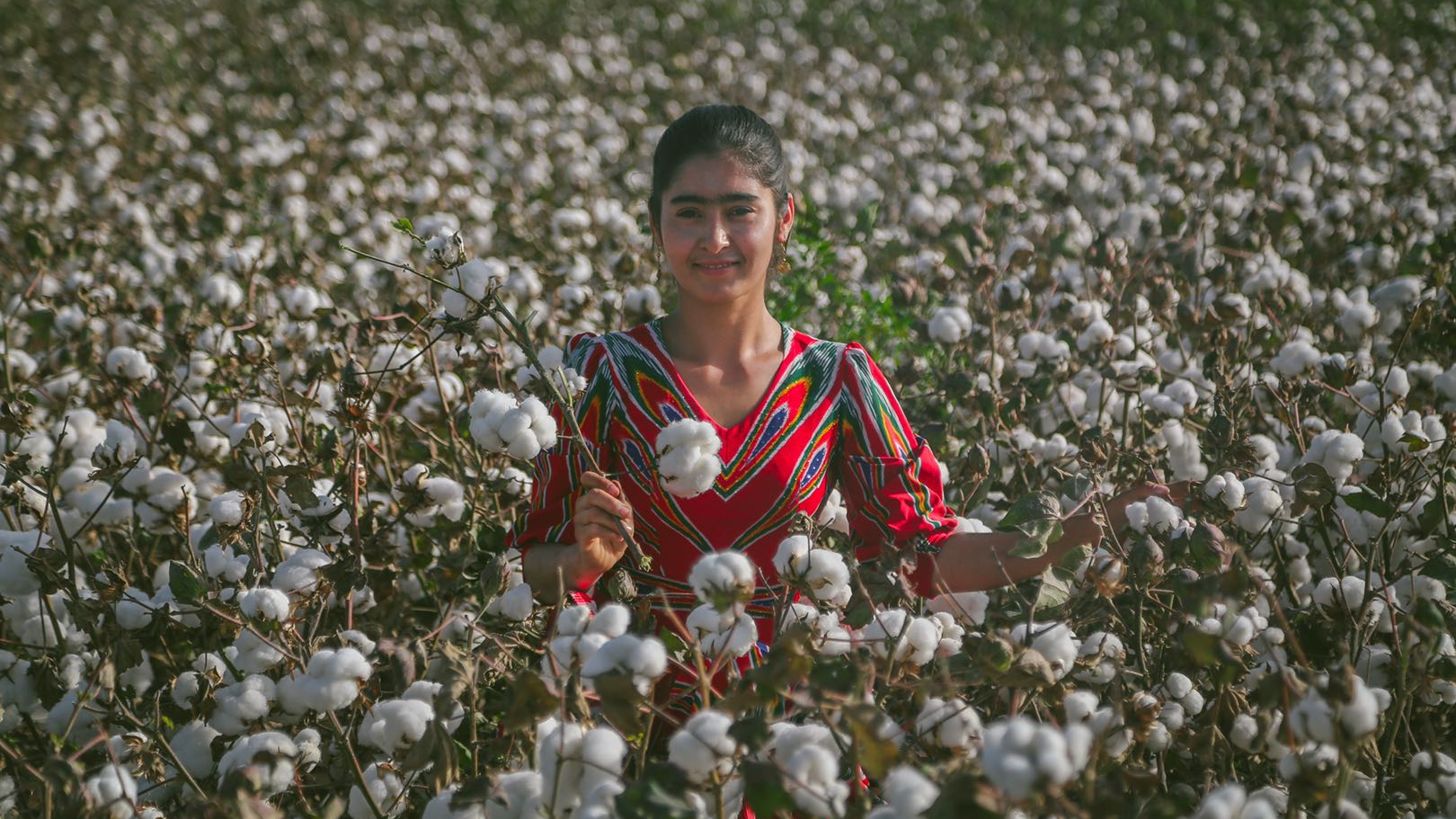
The Swedish fast-fashion giant HM has come under fire in China. A viral article on Chinese social media has put the spotlight on the conglomerate after criticizing the company for its refusal to source cotton from Xinjiang, which the retailer had announced on its website last year. The saga has sparked anger among Chinese netizens and celebrities, many calling for the boycott of the brand.
HM had said in a statement published months ago that "it was deeply concerned about reports... that include accusations of forced labor" in Xinjiang. The far-western region in China produces much of the country's cotton and supplies the material to many international brands.
The HM incident is only one of the latest sagas on the roller coaster of deteriorating ties between China and the U.S. as well as the wider Western world. Accusations regarding Chinese government policies in Xinjiang have been manifold, with cotton, tomato, solar power among the targets of smear campaign.
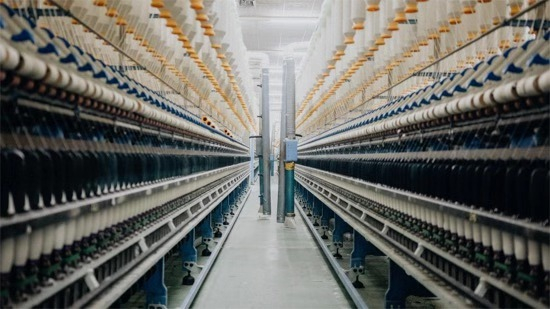
A cotton and textile factory in Awat County, Aksu Prefecture, Xinjiang, China, January 5, 2020. /CGTN
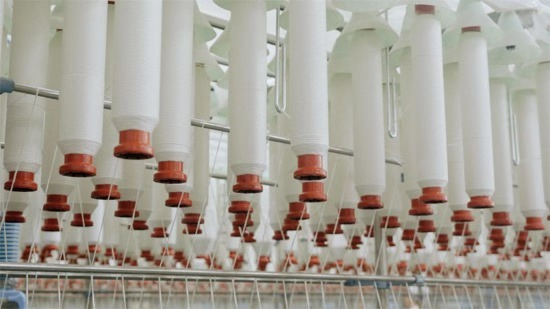
Knitting machines in the company's factory, Awat County, January 5, 2020. /CGTN
China produces roughly 22 percent of the world's cotton, of which 87.3 percent –equivalent to 5.2 million tons – comes from Xinjiang, according to the latest data from the National Bureau of Statistics. Besides massive exports, China itself is the world's largest consumer of cotton and related textile products. To meet the huge domestic demand, it imports some 2 million tons of cotton from Brazil, India, and several other countries each year.
The total cotton plantation area in the region reached 37.52 million mu (6.18 million acres) last year. In northern Xinjiang, cotton harvesting has largely been mechanized, while southern Xinjiang has its mechanization rate raised above 40 percent.
The mechanization in cotton harvest grows at a rate much faster than expected over the years. And before the era of high mechanization dawned on this once impoverished region, people from inland provinces usually came over to help the harvest during the summertime. A feature carried by Chinese National Geography contours a portrait of seasonal migrant workers heading from central Henan to Xinjiang every August. These workers numbered some 600,000, accounted for one-quarter of all the farmers needed to harvest the cotton fields.
"It's long been a tradition for villagers in Henan to go to work the field in Xinjiang. Through such seasonal labor, they could earn more to support their family," the article reads. The period from August to October is a slack season in Henan but the busiest farming time in Xinjiang, and the seasonal migration to pick the cash crop had lasted for almost two decades.
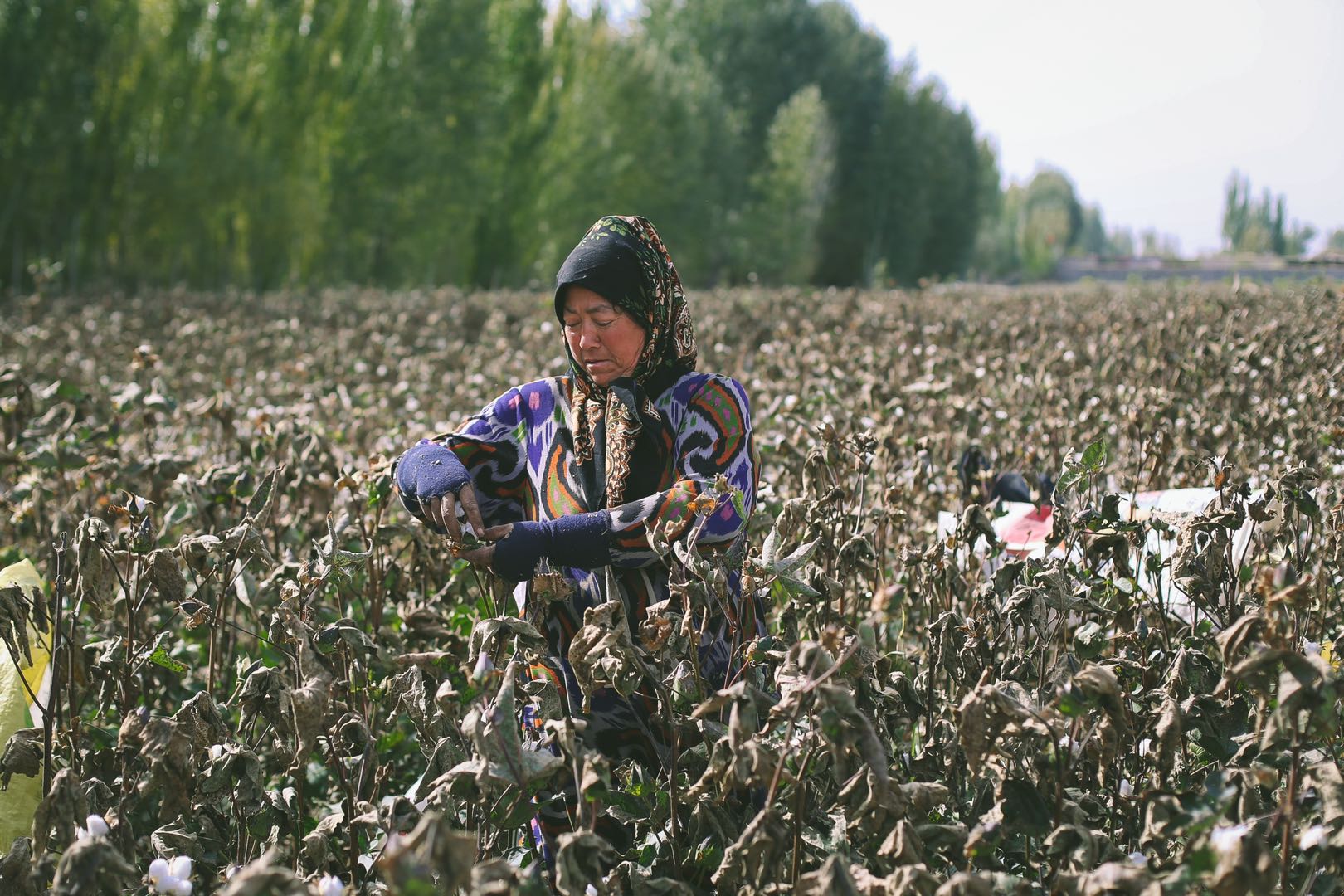
Ayshemham picks cotton in a village under Awat, Aksu Prefecture, southern Xinjiang, China, October 20, 2017. /Photo courtesy of Parhat Yusanjan
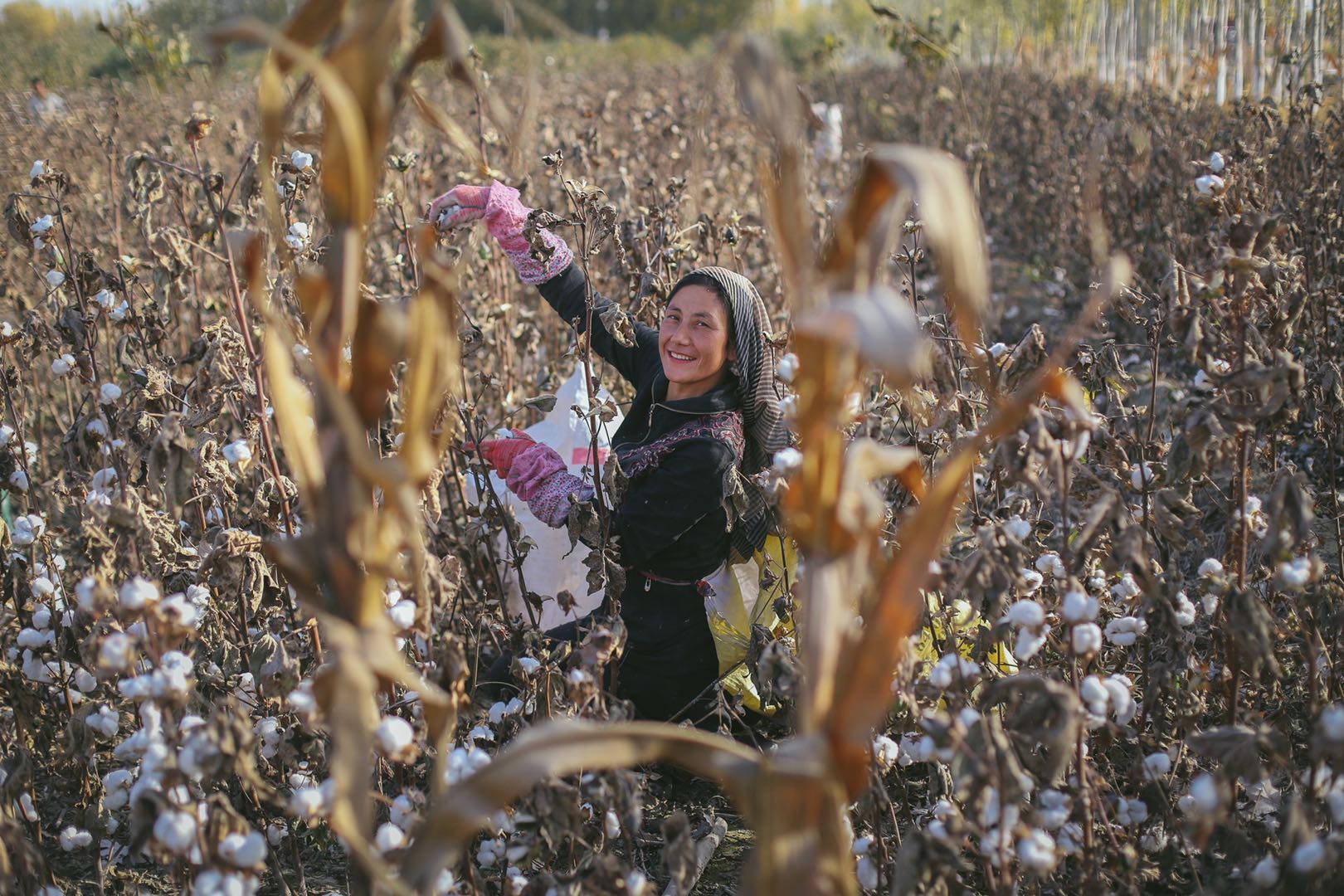
Rehila picks cotton in a village under Awat, Aksu Prefecture, southern Xinjiang, China, November 5, 2017. /Photo courtesy of Parhat Yusanjan
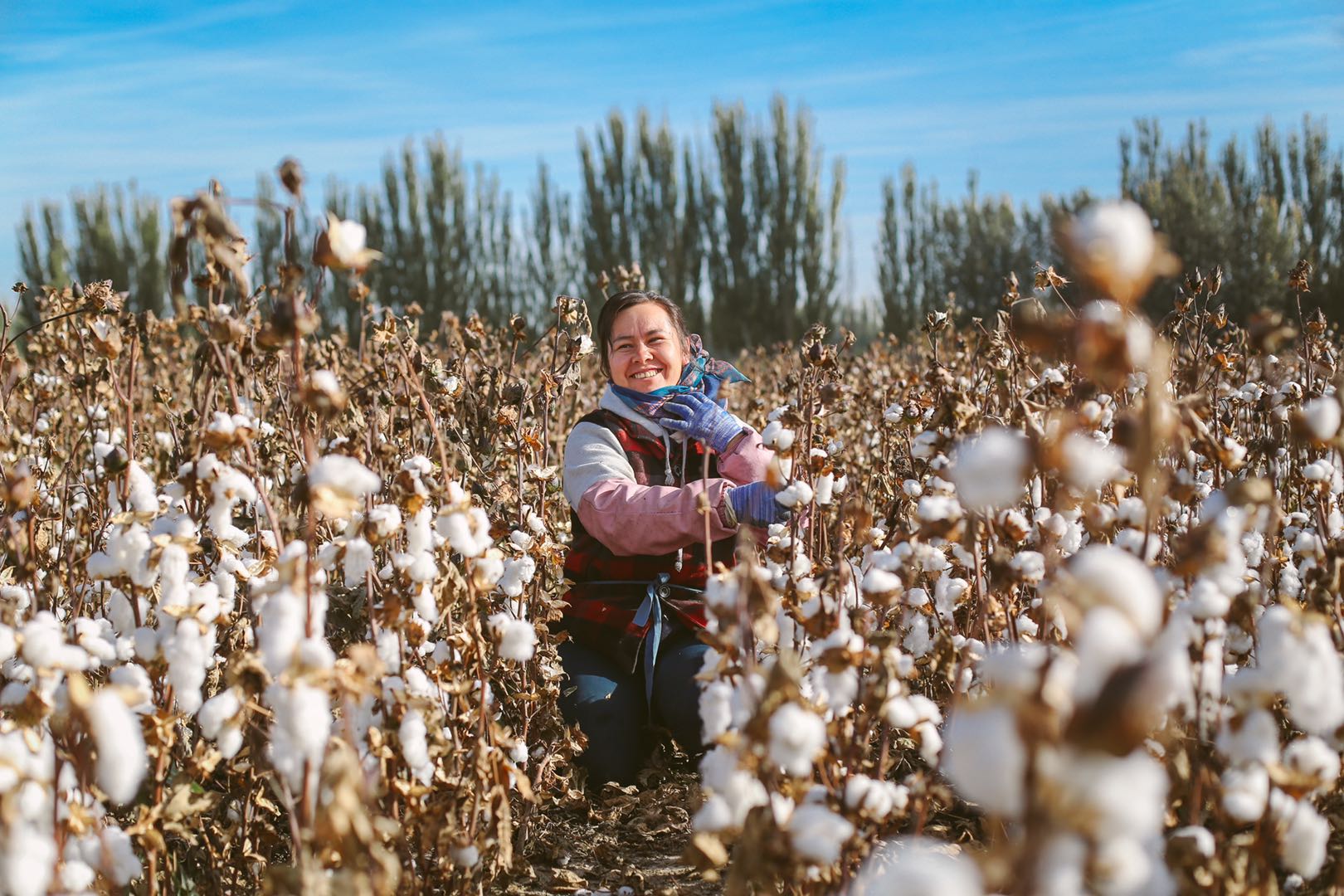
Quhangul picks cotton in a village under Awat, Aksu Prefecture, southern Xinjiang, China, October 20, 2018. /Photo courtesy of Parhat Yusanjan
After the harvest season, the fresh cotton goes to textile factories nearby. In recent years, more yarn mills have been built in large cotton-producing areas to facilitate local residents to work off-seasons while saving costs for long-haul transportation to inland factories.
Last year, we visited such a factory in Awat, a county under southern Xinjiang's Aksu Prefecture. Reputed as the "Town of Cotton," Awat produces one-fifth of the world's long-staple cotton with silkier, lustrous, and more durable fibers, filling markets from Europe to North America.
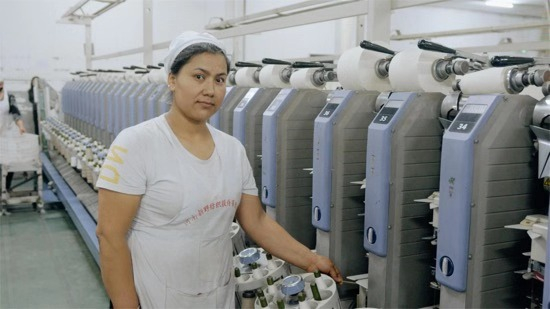
Atkenm Kuwan at work, January 5, 2020. /CGTN
For 35-year-old Atkenm Kuwan, working in the cotton mill means staying away from being a housewife and boosting household income. Before starting working as a knitter at the factory last spring, she was a sanitation worker with a monthly income of 960 yuan, which, on top of her husband's monthly income of roughly the same amount, could hardly make ends meet.
"Now I have 2,300-2,500 yuan per month. That's a big help for my family, especially for the education of my children. I have extra savings for them to take extracurricular classes now," Atkenm said.
What's more, she has more time caring for the children since she works 12-hour shifts and then rests for the following 24 hours, like most employees in the region's cotton mills do.
She told us that her biggest dream is to give a good education to her two kids and then to buy a car like her colleagues. "I heard some of my colleagues used to come to work by bicycle or moped, but now they drive to work."
For the whole story, please read our ground report at the factory where Atkenm works:
Working in 'Big Cotton' in China's Xinjiang
.
 简体中文
简体中文

